3D Printing in Automotive Industry: A Game-Changer for the Industry
Discover how 3D printing is changing the automotive industry by enabling the production of complex geometries, reducing lead times, and allowing for greater customization.
Introduction
The automotive industry is rapidly adopting 3D printing, also known as additive manufacturing (AM), to transform design and manufacturing workflows. 3D printing builds up components layer-by-layer, offering new capabilities compared to traditional subtractive techniques like machining or injection molding.
Key Benefits of 3D Printing for Automotive
Design freedom for complex geometries
Faster iteration through rapid prototyping
Reduction of lead times and tooling costs
Facilitation of mass customization
As we’ll explore, these benefits are driving increased adoption across concept modeling and production applications.
How 3D Printing Enables Complex Automotive Geometries
One of the biggest advantages of 3D printing is the ability to fabricate complex geometries unattainable through conventional manufacturing methods.
Lightweighting Automotive Parts with Lattices
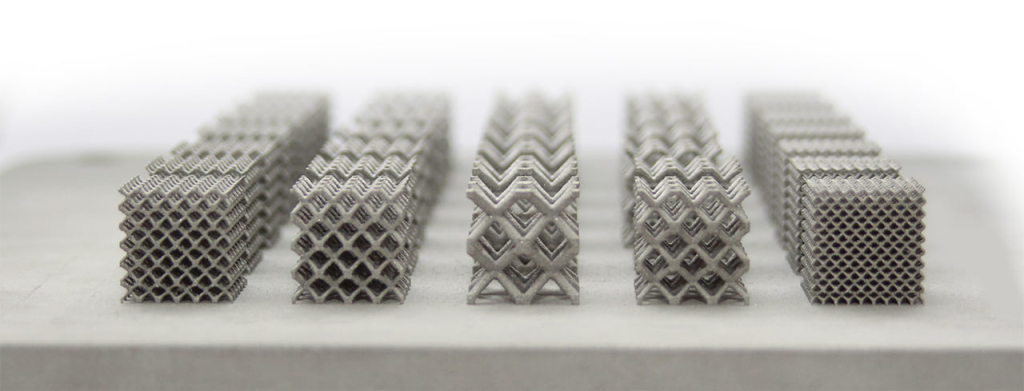
Source: 3dprinting.com
By creating hollow or lattice structures, 3D printing can reduce the weight of parts without compromising their strength or durability. This can improve fuel efficiency, acceleration, and handling of vehicles.
3D Printed Cooling systems
By creating internal channels within parts, 3D printing can improve the cooling and heat dissipation of engines, batteries, and electronics. This can enhance the performance and lifespan of these components.
Improved Aerodynamics with 3D Printing
3D printing can improve vehicle aerodynamics, reducing drag and noise by creating organic shapes and smooth surfaces. This can increase the speed and comfort of the driving experience. Not to mention that this is a very useful feature for racing cars.
Multi-Material Components
Mixing different materials within a single print allows tailored material properties and gradients. For example, Audi uses Stratasys’ J750 3D printer to create full-color, multi-material automotive prototypes, like tail light covers. This single-part print offers smooth color gradients, speeding up production by up to 50% compared to traditional methods.
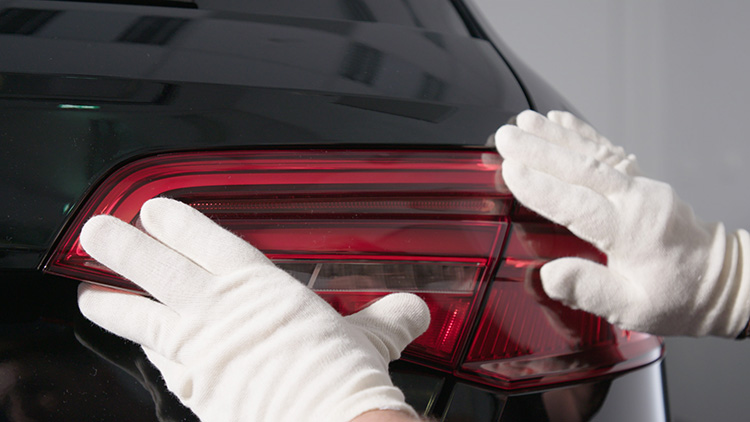
Source: stratasys
How 3D Printing Accelerates Automotive Manufacturing Processes
3D printing is providing significant time and cost savings at multiple points in automotive manufacturing workflows.
Faster Design Iteration and Prototyping
Rather than waiting weeks for machine-tooled prototypes, automakers can leverage 3D printing to create design prototypes in days or even hours. This enables rapid iteration to evaluate and improve designs faster.
Prototypes can be printed on-demand to test new design concepts or variations without delays. This agility helps bring vehicle designs to market faster.
Reduced Need for Specialized Tooling
Conventional manufacturing relies on custom molds, dies, and other specialized tooling tailored to each component. This tooling is expensive and time-consuming to produce.
3D printing eliminates the need for custom tooling by printing parts directly from digital files. This removes the overhead time and cost associated with tooling, especially beneficial for prototyping and low-volume production scenarios.
Streamlined Small Batch Production
On-demand 3D printing enables cost-effective short run production, whether hundreds or thousands of units, without dedicating capital to tooling. This makes it economical to produce replacement and aftermarket components in smaller batches.
For limited edition and specialty vehicles produced in lower volumes, 3D printing can supply certain customized components just-in-time.
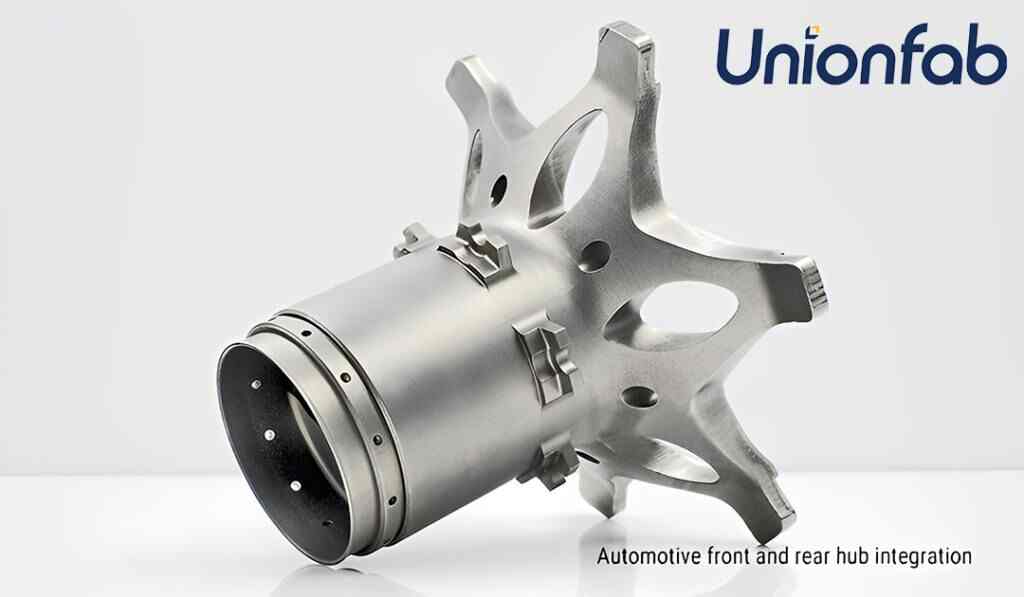
Source: unionfab.com
Facilitating Automotive Customization with 3D Printing
Unlike traditional methods that are limited by standard sizes, shapes, or colors, 3D printing can create parts that are tailored to the specific needs or preferences of customers or users.
Functional customization with 3D Printing
Unionfab produces durable Alloy-Car wheel hubs and Stainless Steel 316L-Car parts. By utilizing 3D printing, automotive manufacturers can design and create parts that are even more optimized for specific functions or performance criteria. This technology enables the production of parts that are not only durable but also flexible, resistant, or responsive to various environments and conditions.
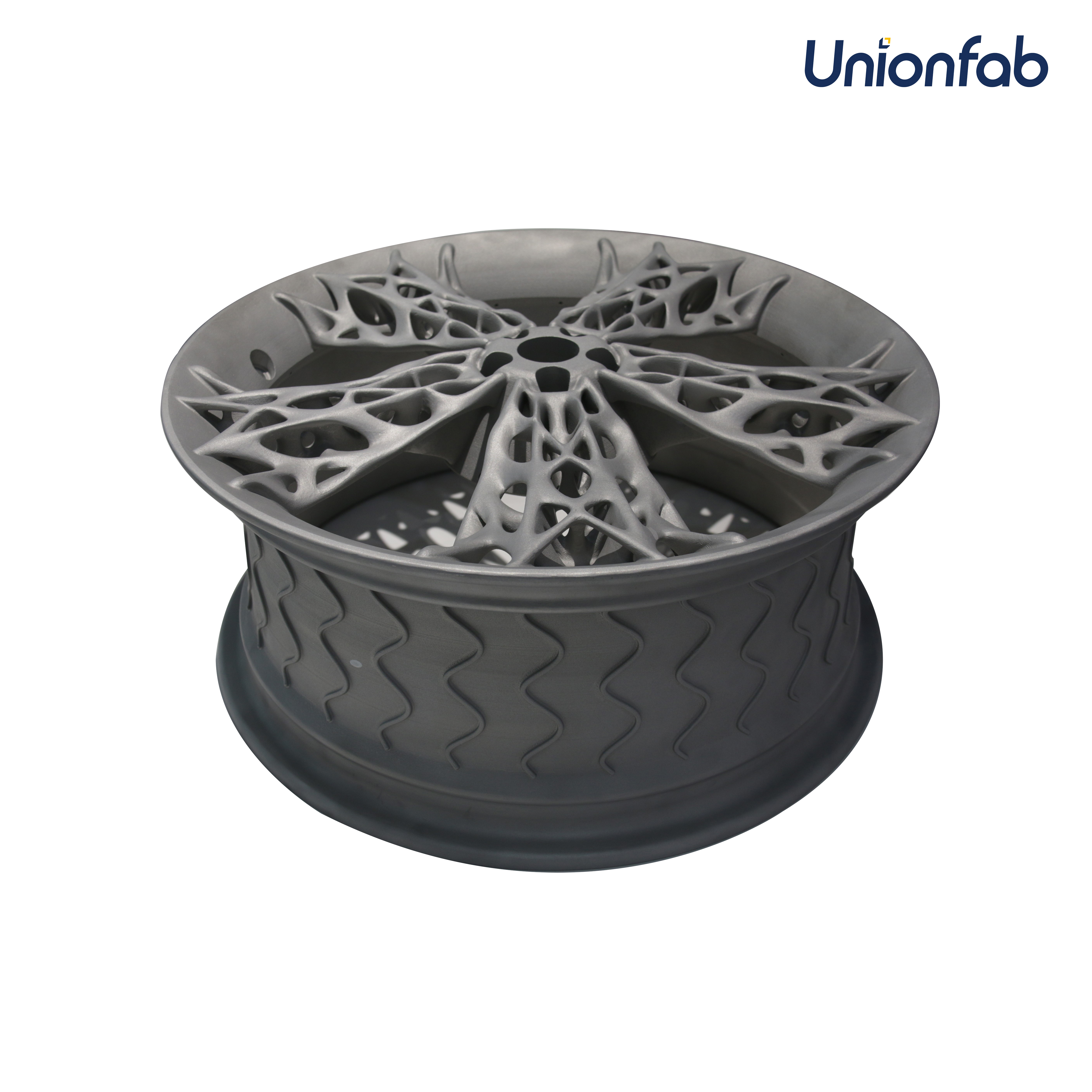
Source: unionfab.com
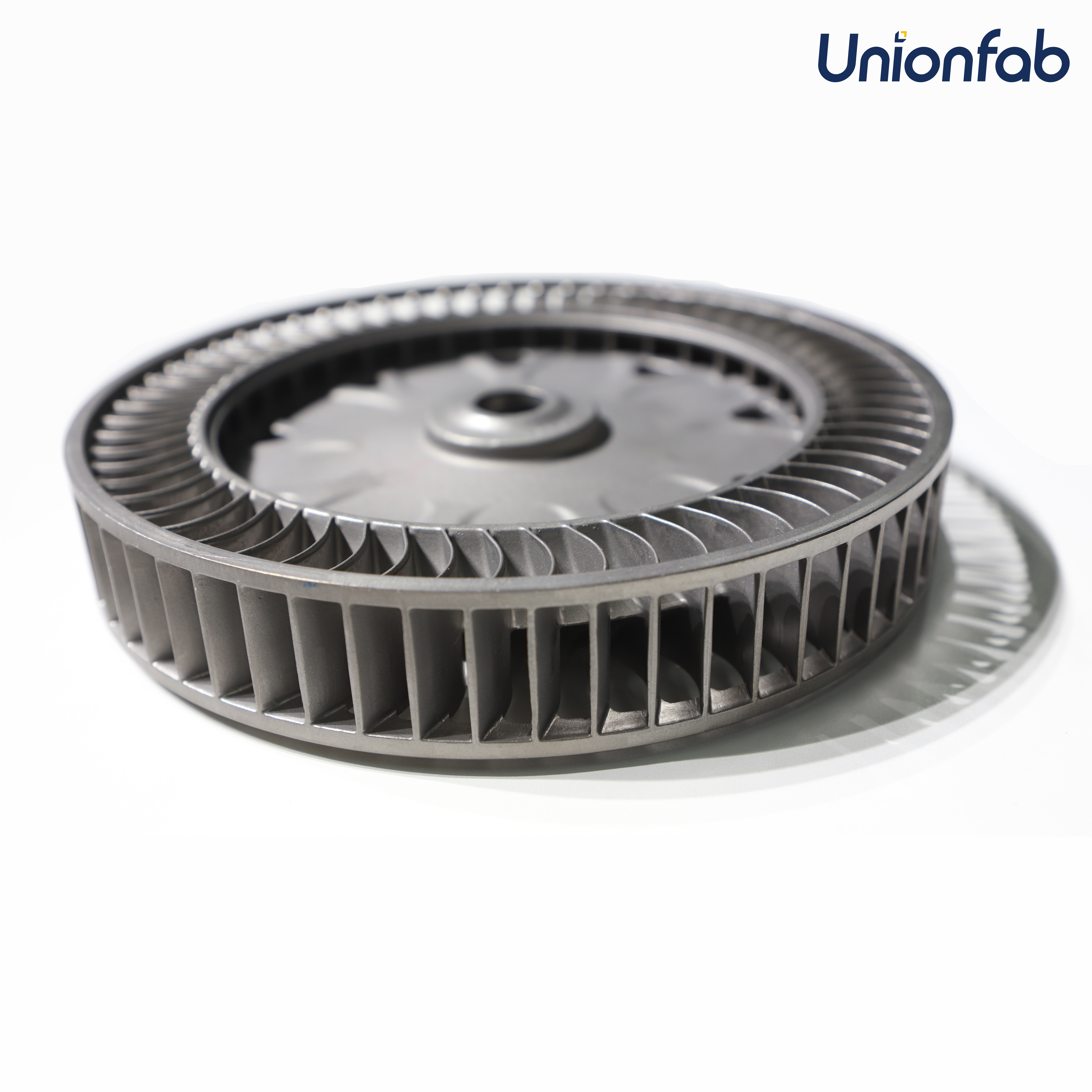
Source: unionfab.com
Aesthetic customization with 3D Printing
By using 3D printing, automotive manufacturers can create parts that are customized to the individual tastes or styles of customers.
For example, Unionfab has been leveraging 3D printing technology to rapidly prototype and assess innovative interior designs.
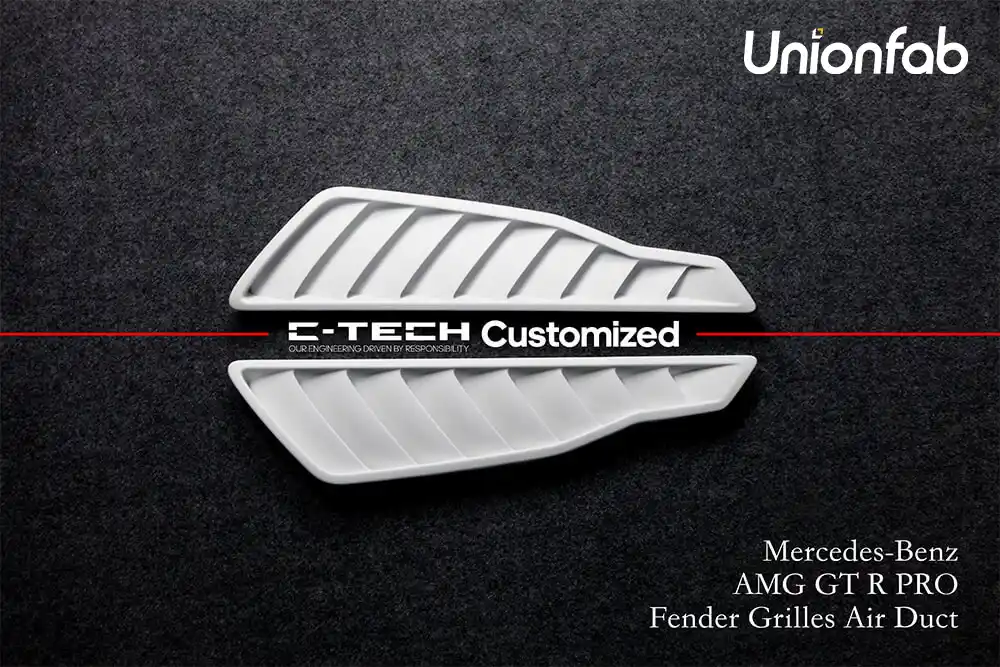
Source: unionfab.com
User customization with 3D Printing
3D printing lets automotive manufacturers create highly customized parts. For instance, Porsche plans to use 3D printing to tailor car seats to individual body shapes, going beyond traditional adjustments like firmness and color. This level of personalization is only possible with 3D printing.
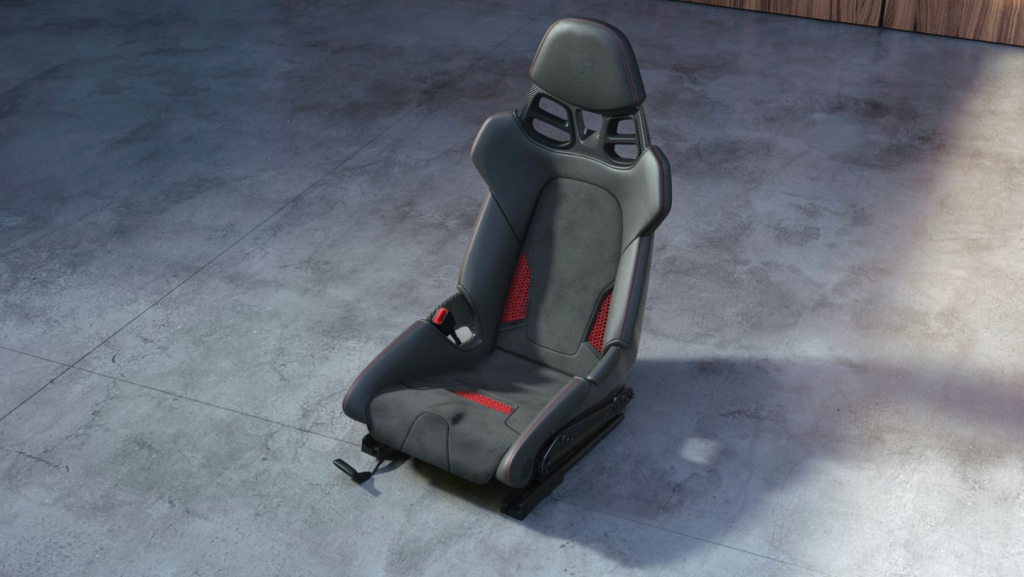
Source: porsche
3D Printing Methods and Applications for Automotive Manufacturing
Stereolithography (SLA) and Digital Light Processing (DLP): These vat photopolymerization techniques use ultraviolet light to selectively cure liquid resin into parts layer-by-layer. The high precision and smooth surface finish make SLA and DLP ideal for visual concept models and sand casting patterns for metal parts.
Fused Deposition Modeling (FDM): FDM printers build parts by heating and extruding thermoplastic filament. Durable engineering-grade thermoplastics like ABS make FDM suitable for lightweight functional prototypes of interior trim, ductwork, and mounting components.
Selective Laser Sintering (SLS): SLS uses a laser to fuse powdered nylon material into finished parts. The ability to produce durable, functional prototypes without supports makes SLS useful for ducts, brackets, and housings that require thermal stability.
Selective Laser Melting (SLM): SLM uses a focused laser to melt and fuse metallic powder into fully dense components layer by layer. SLM’s exceptional accuracy and material properties enable direct metal printing of sturdy functional prototypes and production-quality metal parts.
Reaction Injection Moulding (RIM): RIM is a plastic molding process that involves the mixing of two reactive liquid components (polyols and isocyanates) in a low-pressure mixing head, followed by injection into a mold cavity. RIM is commonly used to manufacture automotive bumpers and body panels, interior trim components like dashboard covers, door panels, and center consoles, and structural components.
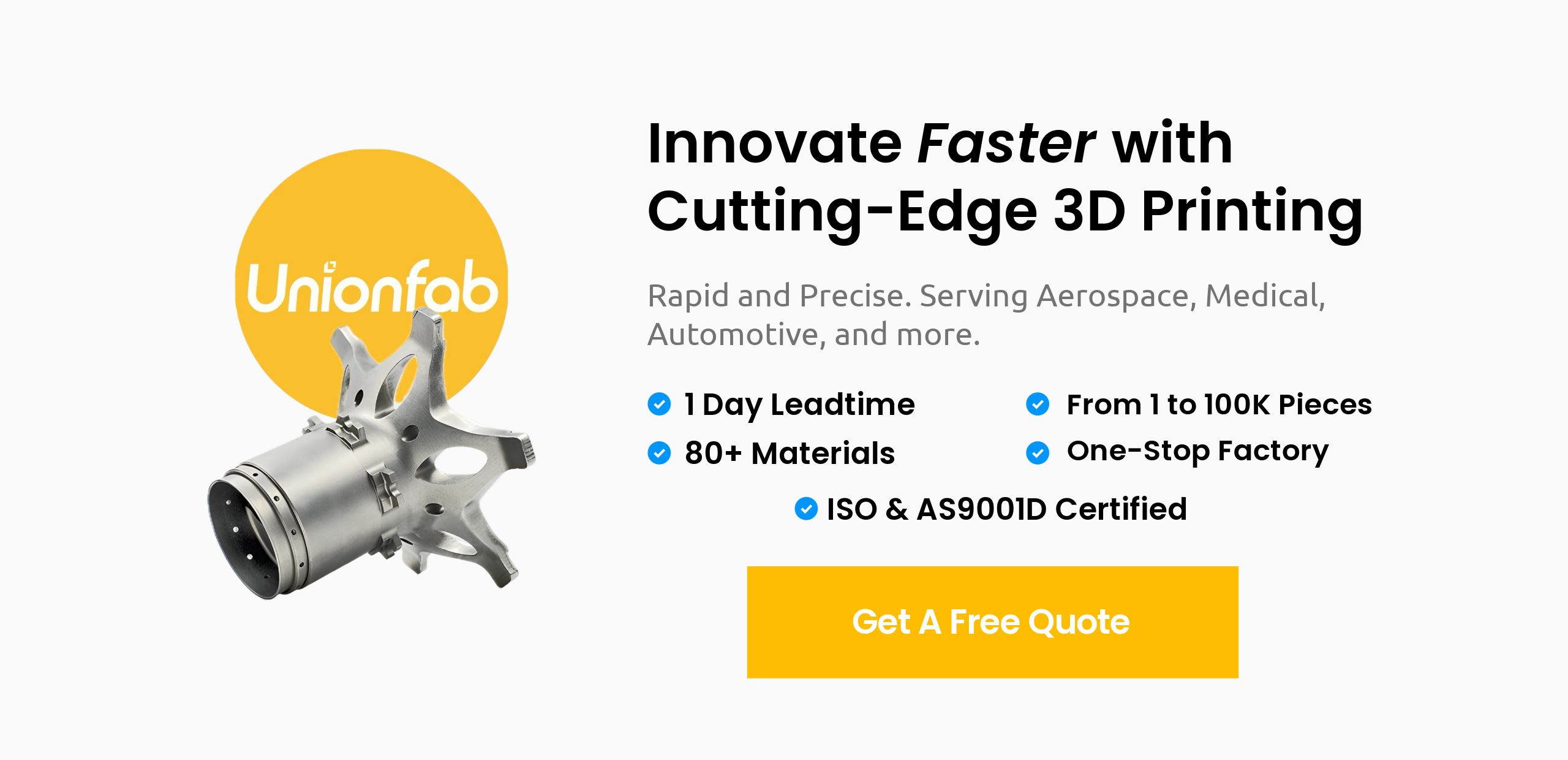
The Future of Automotive Industry with 3D printing
As 3D printing technology continues advancing, expectations are for increased adoption by automakers to transform design and production. The Global Automotive 3D Printing Market size is expected to be worth around USD 15.8 Billion by 2032 from USD 2.2 Billion in 2022, according to Market.us.
While 3D printing holds great potential for automotive manufacturing, some challenges must be addressed before widespread adoption:
Speed and Efficiency: To meet mass production demands, 3D printing needs to be faster. Hybrid manufacturing, combining 3D printing with traditional methods, can help.
Material Quality: Materials used for critical parts must meet strict automotive standards. Advances in metals, polymers, and composites are crucial.
Cost: Lower production costs, especially for metal 3D printing, are needed to make it competitive. Increased competition should drive prices down.
Design and Workflow: User-friendly design software and automated tools can simplify the process from design to manufacturing.
3D printing unlocks new design freedoms and customization opportunities while conventional techniques remain ideal for high volumes. Blending 3D printing’s flexibility with the efficiency of injection molding, stamping and casting will characterize the factories of tomorrow.
Conclusion
As 3D printing adoption accelerates, it will continue revolutionizing automotive design and manufacturing.
While initially used for prototyping, wider implementation for end-use production is expected as the technology advances. 3D printing provides the flexibility needed for the auto industry to offer on-demand customization while optimizing performance.
3D printing is not likely to fully replace conventional automotive manufacturing methods but rather complement them. Hybrid approaches maximizing the advantages of both will drive future production.
Unionfab: Fine-Tuned for the Future of Automotive Manufacturing
Unionfab provides comprehensive 3D printing solutions to accelerate automotive manufacturing processes - from design to production.
Our capabilities for automotive customers include:
Agile Prototyping - We 3D print concept models, tooling, and functional prototypes in days rather than weeks using the optimal technologies.
Low-Volume Production - Our fleet of industrial 3D printers enables economical short run manufacturing aligned with automaker needs.
Customization - Multi-material printing facilitates personalization and production of specialized parts.
With over 800 systems spread spanning across six factories, Unionfab delivers the capacity, expertise and technologies to accelerate automotive manufacturing initiatives across the product lifecycle.


